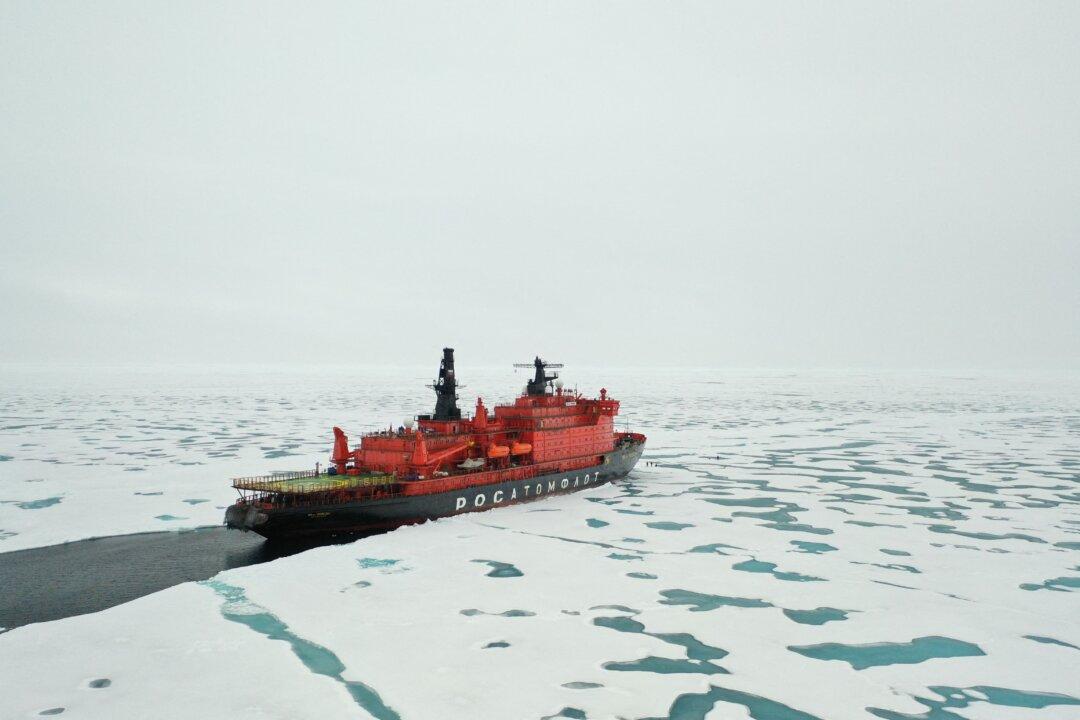Commentary
The strategic environment of the Arctic has traditionally been dictated by its isolation and its extremely difficult climate: it was, quite simply, an extremely cold, distant, and generally desolate place for humans to operate in.

The strategic environment of the Arctic has traditionally been dictated by its isolation and its extremely difficult climate: it was, quite simply, an extremely cold, distant, and generally desolate place for humans to operate in.